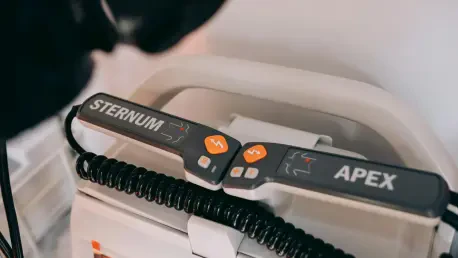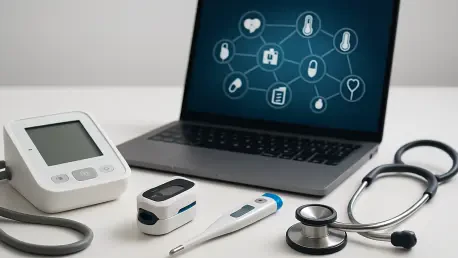
The transition from a hospital bed back to the familiar surroundings of home often represents a critical and vulnerable period in a patient's recovery journey. Hamilton Health Sciences has introduced a groundbreaking program, HHS@Home, that fundamentally rethinks this transition by bringing

In the critical moments following an out-of-hospital cardiac arrest, the quality of chest compressions can be the single most important factor determining a patient's chance of survival, a challenge that is magnified exponentially in rural areas where transport times are long and resources are

The persistent, rhythmic hum of interconnected medical devices in a modern hospital is often perceived as the sound of progress and advanced care, but it may also be masking a growing and silent threat to patient safety. The rapid proliferation of the Internet of Medical Things (IoMT)—from smart

An extraordinary shift is underway in the world of specialized energy, where the global market for betavoltaic power is projected to more than double in value, rocketing from nearly USD 53 million in 2024 to over USD 131 million by 2032. This remarkable expansion, representing a compound annual

The COVID-19 pandemic delivered a harsh but necessary lesson about the fragility of global supply chains, revealing how an over-reliance on foreign manufacturing for essential medical goods can pose a direct threat to national security. The ensuing consensus that America must rebuild its domestic

The genomics revolution, which promised to unlock the secrets of biology at an unprecedented speed, has encountered a significant and unexpected traffic jam that has slowed progress in labs around the world. While the cost and time required for DNA sequencing have plummeted dramatically, the